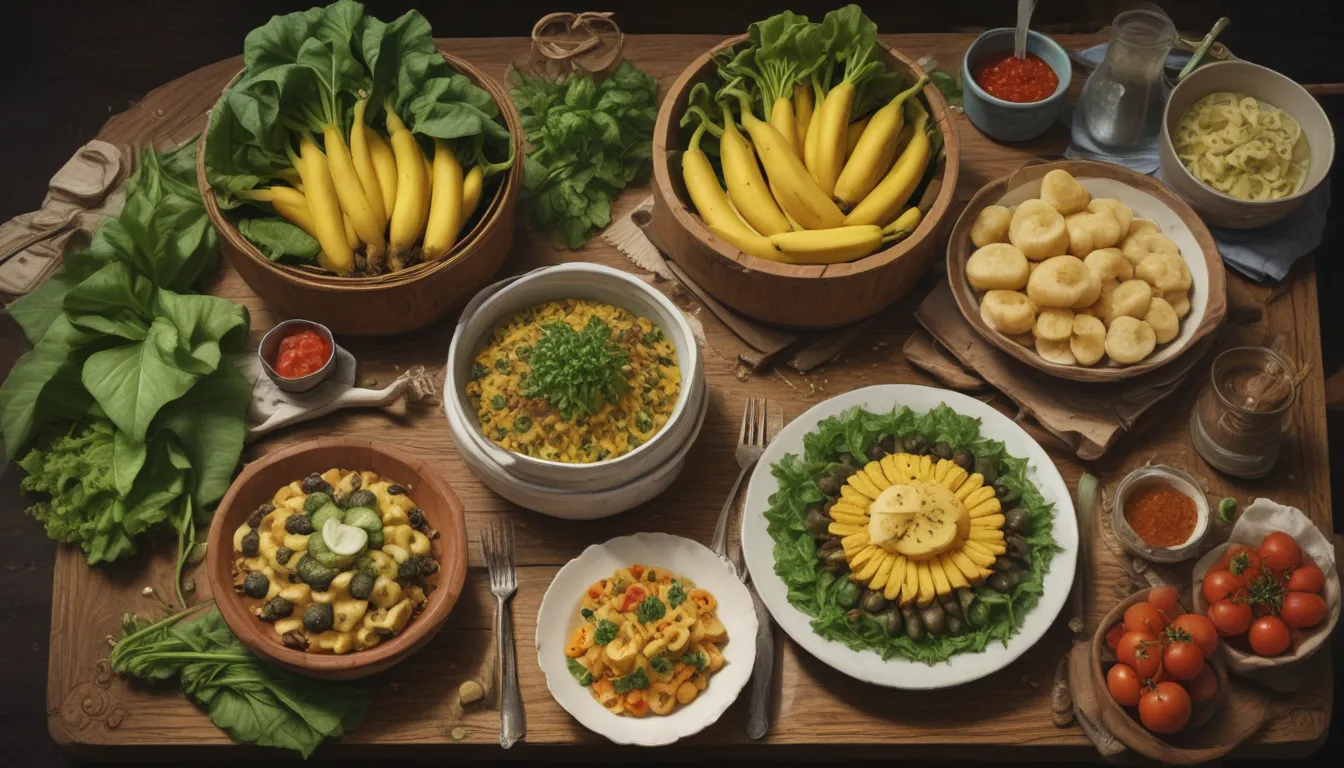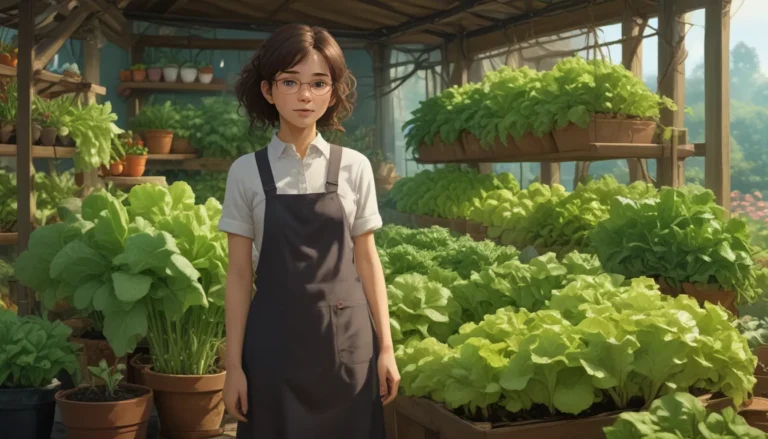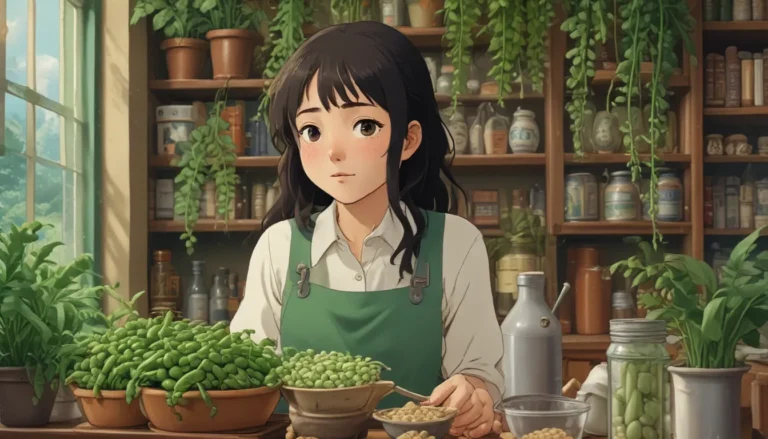The Complete Guide to Plantain: A Culinary and Medicinal Herb

Are you interested in learning about the wonders of plantain? Often considered a weed, this overlooked herb has a lot to offer in terms of nutrition, medicine, and ecological benefits. Let’s delve into the world of plantain and discover its many uses and advantages.
What Is Plantain?
Plantain, belonging to the Plantago genus, is a versatile herbaceous perennial with over 200 species worldwide. The three most common varieties found in the US are broadleaf plantain, Rugel’s plantain, and ribwort plantain. Each variety has unique characteristics and medicinal properties.
-
Broadleaf Plantain (P. major): Known for its low growing, egg-shaped leaves, broadleaf plantain is also called birdseed, healing blade, and hen plant. It produces spiky clusters of tiny greenish-brown flowers in late summer.
-
Rugel’s Plantain (P. rugelii): Similar to broadleaf, Rugel’s plantain has wide, veined leaves with off-white flowers. It’s also known as American, blackseed, or pale plantain.
-
Ribwort Plantain (P. lanceolata): Taller with lance-shaped leaves, ribwort plantain is sometimes referred to as narrowleaf or lamb’s tongue. It produces long white stamens on brownish-green flowers.
These species grow readily in disturbed soils and play a crucial role in soil health and erosion prevention.
Cultivation and History
Plantain has a long history of medicinal and culinary use dating back to the time of Alexander the Great in 327 BC. It has been used in herbal medicine for centuries and was even mentioned by Shakespeare in his plays. This herb originates from Europe, Asia, and North America, and it has become a valuable resource for its healing properties.
Medicinal Use of Plantain
Known as a vulnerary herb, plantain is commonly used to heal wounds, insect stings, and other skin irritations. Its soothing properties make it ideal for topical application. Additionally, plantain can alleviate gut inflammation, respiratory issues, and serve as a natural laxative. This herb is edible, safe for consumption, and suitable for children and animals.
Plantain Propagation
Plantain is easy to cultivate, either from seeds or transplants. With minimal effort, you can grow this herb in various soil types and lighting conditions. Self-sowing is common due to the many seeds produced by the plant.
From Seed
- Direct sow seeds in the spring, barely covering them with soil.
- Cold stratify seeds for increased germination rates.
- Collect seeds from existing plants to propagate in new areas.
Transplanting
- Easily transplant wild plantain to spread it in desired locations.
- Carefully dig up plants to preserve roots and encourage growth in new areas.
How to Grow Plantain Plants
Plantain requires little maintenance once established, making it a resilient addition to your garden. It can thrive in clay soil, high-traffic areas, and even help prevent erosion. For optimal growth and harvest, consider dedicating a separate area for edible plantain plants.
Growing Tips
- Cold stratify seeds for better germination rates.
- Monitor plant growth to prevent unwanted spreading.
- Plant in compacted soil or erosion-prone areas for natural soil improvement.
Where to Buy Plantain Seeds
While plantain seeds may not be readily available commercially, you can find them online or by foraging for wild plantain. Consider transplanting existing plants or collecting seeds for cultivation in your garden.
Managing Pests and Disease
Plantain is a hardy plant with minimal susceptibility to pests and disease. Keep an eye out for herbivores, insects, and powdery mildew, but overall, plantain is a low-maintenance herbaceous perennial.
Harvesting Plantain
Harvest plantain leaves and seeds throughout the growing season to maximize their medicinal and culinary benefits. Use fresh leaves for topical applications or teas, and collect seeds for future propagation.
Preserving Plantain
While plantain is best used fresh, you can dry leaves for teas or tinctures. Infuse oils or make salves with fresh leaves for topical use year-round.
Cooking Ideas
The nutritious leaves of plantain can be used raw in salads, cooked in stir-fries, or brewed as a tea. Experiment with different preparation methods to enjoy the culinary versatility of this herb.
Conclusion
Plantain, often overlooked as a weed, is a valuable herb with a rich history of medicinal and culinary use. By incorporating plantain into your garden, you can enjoy its nutritional benefits, healing properties, and ecological advantages. Explore the world of plantain and discover the wonders of this versatile herb.
Now that you have a comprehensive understanding of how to plant and grow plantain, consider adding this herb to your garden for a range of health and culinary benefits. Start reaping the rewards of plantain cultivation today!





